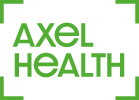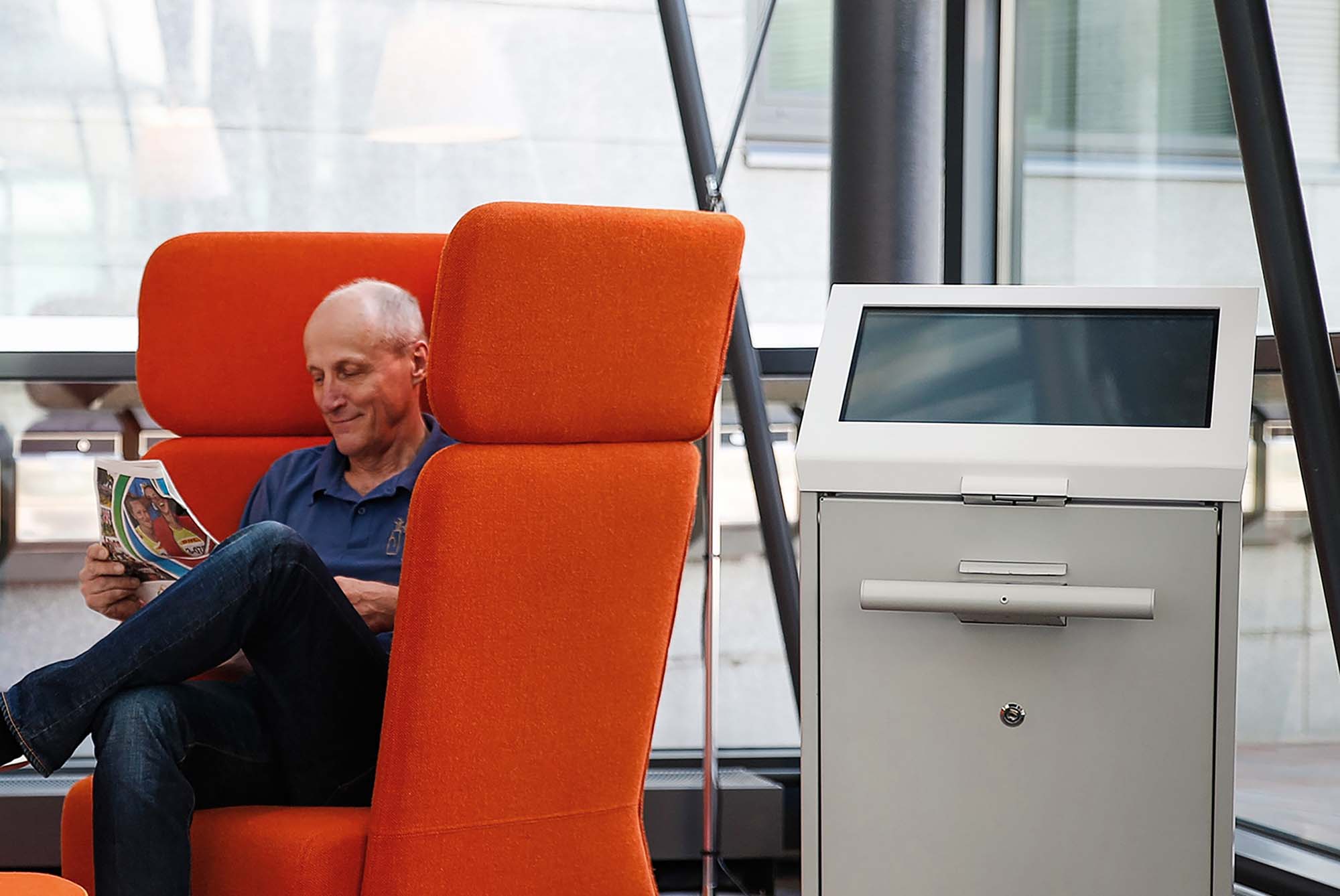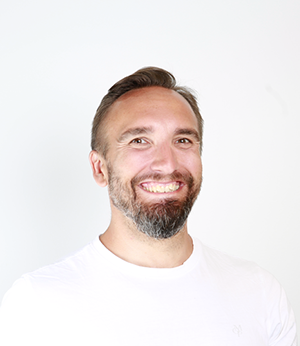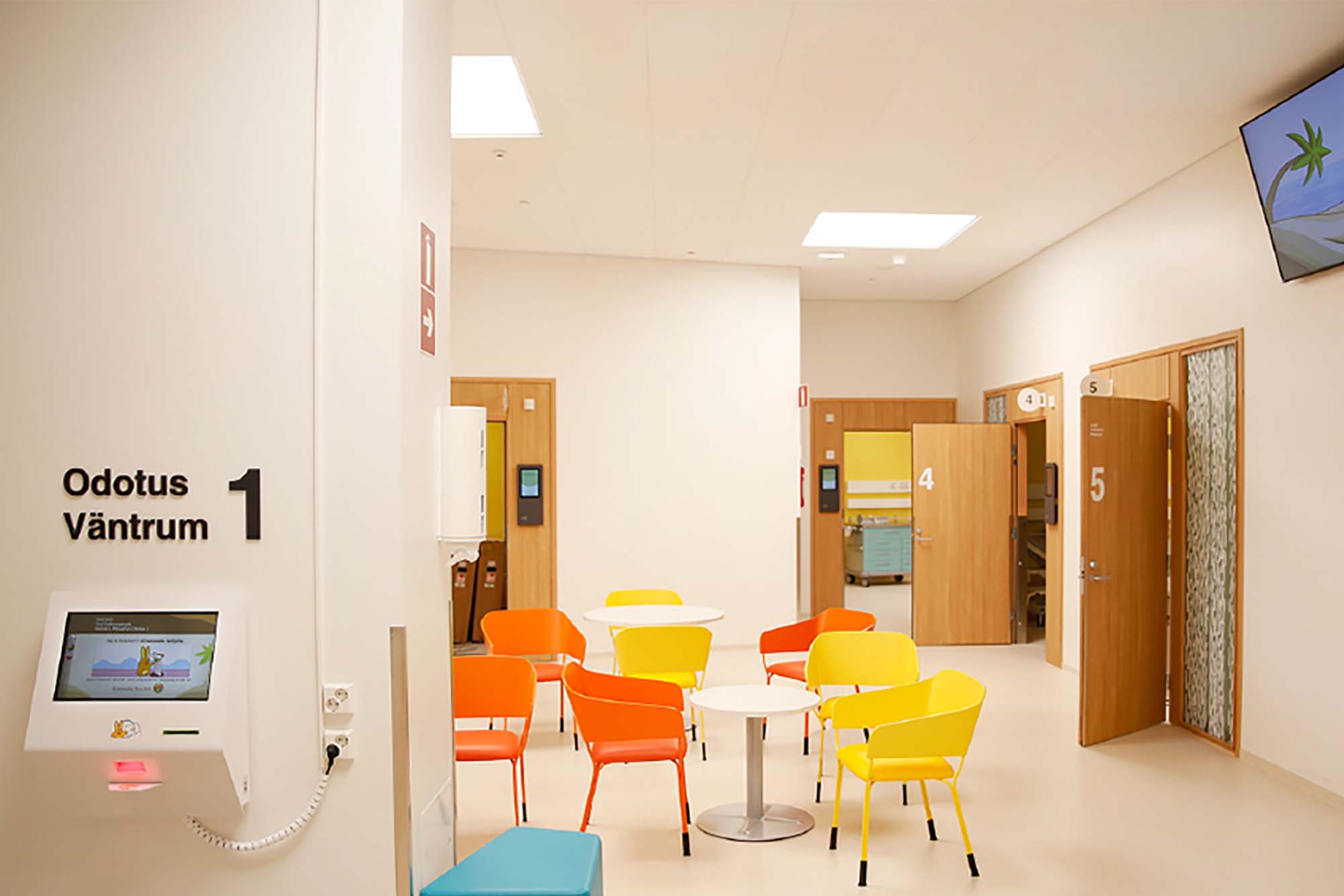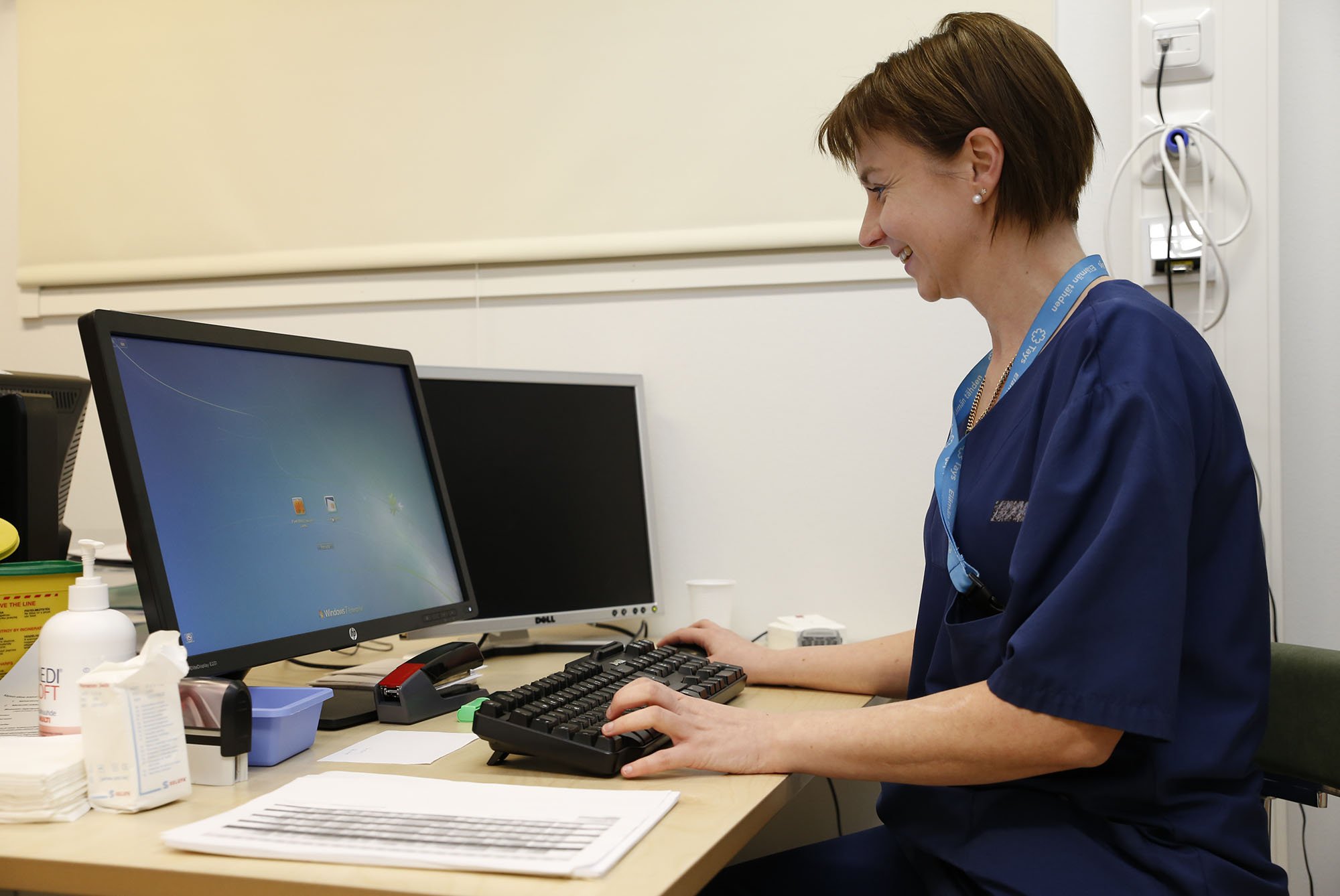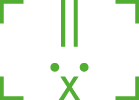What are the key reasons for our customers to implement Axel? The answer is divided in two - for the soft and hard benefits our solution offers. Common soft benefits include improving the patient experience, modernizing the user experience, or increasing operational transparency. Today, however, we are diving into the world of hard benefits – including numbers, spreadsheets, and euros.
With the help of Axel, healthcare organizations are able to save resources or shorten lead times – that is, boost their performance. Today, we focus on a smaller area: self-service at the front desk, where patients check in, fill out their patient history forms and pay their invoices. According to our customer research, a patient's check-in usually takes about 4 minutes, depending on the actions required, and it takes about 26 seconds to switch to the next patient. So a total of 4 minutes 26 seconds. The payment transaction takes an average of 6 minutes and 11 seconds. If the patient history forms are filled during check-in, this will increase the time required for check-in by another 4 minutes. If all the above-mentioned actions are performed in connection with a patient visit, the reception desk will spend more than 14 minutes per patient during one visit.
Let’s do some calculations on costs and lead times. If a healthcare unit has 10 reception rooms, the unit is open 10 hours a day, and receiving one patient takes an average of 20 minutes including switching times, this means 300 patients per day (10 x 10 x 60) / 20 = 300). In this simplified calculation, we assume that the receptionist doesn’t take any breaks. For comparison, the next calculation is based on a fairly optimal situation in which traditional reception operations take only 6 minutes per patient. Direct calculation results in 1,800 minutes, which is the capacity of more than four receptionists, when the effective working time of one person is 420 minutes / day. We assume that an average personnel cost is € 40,000 per year, excluding any holidays and sick leaves, resulting in a total cost of € 160,000 per year.
How could we help? Let’s move some of this work to our software solution. The average time to check in with Axel’s self-service solution is 17 seconds. The duration of payment and data collection hasn’t been accurately measured, but our previous assumptions of 45 seconds and 1 minute are close enough for this calculation. If these actions are performed on the patient's mobile phone instead of the kiosk, the time spent doesn't even matter. In this case, there is no need to queue at the kiosks, even if the patients arrive at the reception at the same time. Thus, no additional capacity (staff or equipment) is needed at reception desks, even during peak hours.
Let's go back to the calculation. Let’s suppose that as a result of the above calculation, self-service solutions can replace only two of the four receptionists. However, some employees are always needed - exceptional situations and situations that are not modeled for self service can only be handled with the help of real employees. In addition, some patients truly enjoy social contacts. We therefore assume a reduction of two employees by default, although we have found out from our customers that organizations can achieve more than a 90% level of self-service automation month over month. The annual cost of these two employees is about 80,000 euros. To justify an investment in self-service automation, that amount would be its allowed maximum cost in this case. In this scenario, we are not taking into account the other benefits that self-service technology enables, which include quiet and queueless waiting lobbies, increased throughput, lack of tiredness, and a remarkably low need for vacations. In addition, there is no need to schedule consulting hours or change vacation times for software solutions – even these small tasks are left out of supervisors' work lists. If the self-service solution costs 80,000 euros with the daily patient numbers shown above, and a reception is open five days a week, the cost per patient would be about 1,03 euros (= 80,000 euros / (52 x 5 x 300)).
Many benefits have been ignored in the above calculation model and some of the assumptions are quite rough. In addition, we focused on looking at only one stage of the whole service process and didn’t yet address the reduction of redundant work in the next stages of the patient’s visit, that is, treatments at all. We will focus on this topic next time.
Are you already wondering how much self-service solutions could help your organization save resources or shorten lead times? Read more about Axel Encounter’s self-service features.
